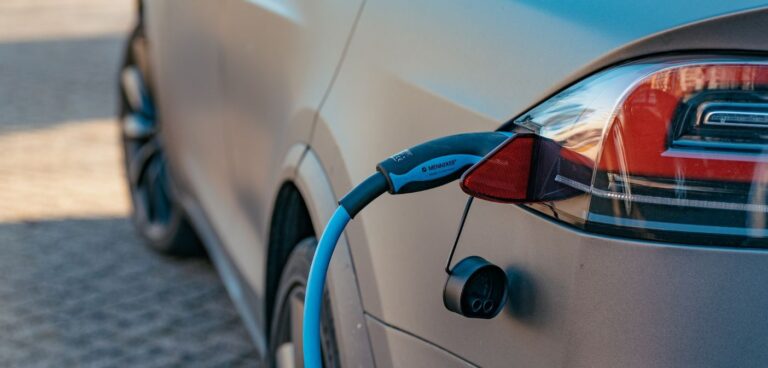Octopus Energy Group and National Grid ESO have achieved what they claim is the first successful integration of vehicle-to-grid (V2G) charging technology.
The trial used the National Grid’s Balancing Mechanism as a test environment, which is the primary tool used by supplier to balance Britain’s electricity system.
The pair claim that this is the first time in the UK that V2G technology has been shown to successfully receive a direct signal from the ESO (electricity system operator) to support system balancing.
According to Octopus and National Grid, this marks a major turning point in electricity supply and could lead to a future where consumers directly manage transmission through their electric vehicles (EVs).
In trials conducted this month, Octopus claims to have charged and discharged up to 20 EV batteries during periods of grid imbalance.
Further Octopus analysis claims customers could see savings of up to £840 per year compared to unscheduled charging on a flat rate tariff.
The Balancing Mechanism is designed to incentivise customers to use their vehicle’s battery as a balancing device, contributing to reduced balancing costs for the network and thus reduced energy bills for consumers.
Claire Miller, director of technology and innovation at Octopus Electric Vehicles, said: “This is a real ‘line in the sand’ moment for V2G tech.
“We have shown that this technology is capable of helping to balance our future, green grid, to the benefit of people and the planet.
“We’ve proved what is possible with the technology and cars that are currently on the market, and this is only going to grow.
“Soon we will have millions of electric cars sitting on driveways capable of storing and exporting green energy back to the grid when it needs it most – and once the vehicle to grid proposition is ready to be launched, these cars will help to support our renewables expansion and taking us a huge step closer to net zero.”
In October of last year, Octopus’ Powerloop initiative was announced as the first EV project to enter National Grid’s Balancing Mechanism.





